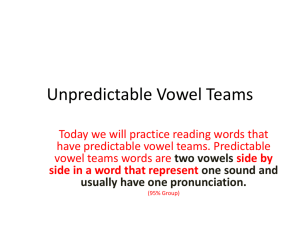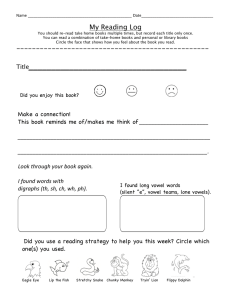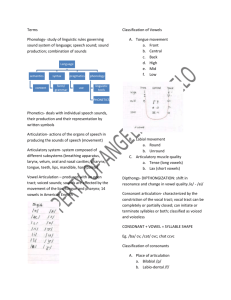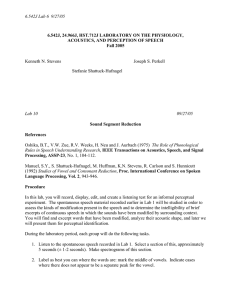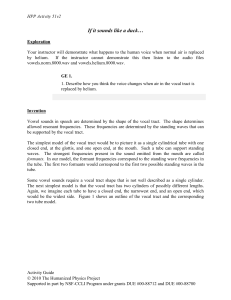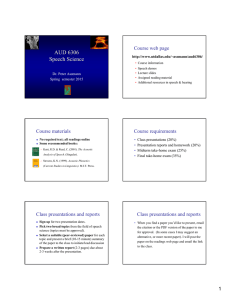6.542J Lab 6 10/13/05 Lab 6 10/13/05
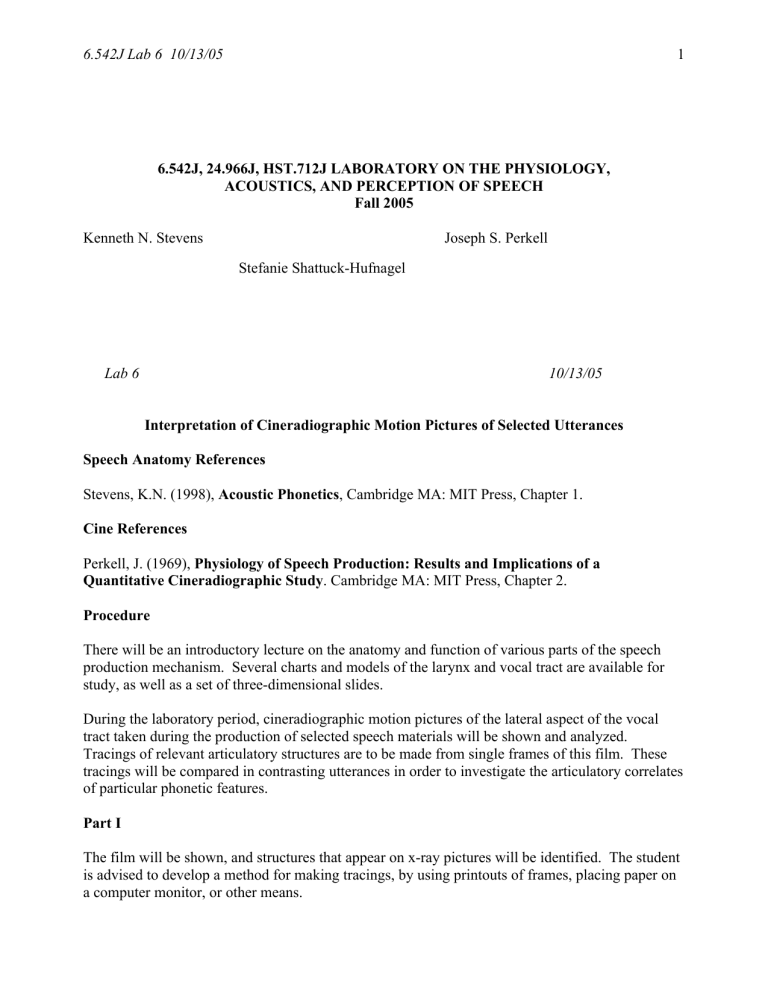
6.542J Lab 6 10/13/05
6.542J, 24.966J, HST.712J LABORATORY ON THE PHYSIOLOGY,
ACOUSTICS, AND PERCEPTION OF SPEECH
Fall 2005
Kenneth N. Stevens Joseph S. Perkell
Stefanie Shattuck-Hufnagel
1
Lab 6 1 0 / 13 /05
Interpretation of Cineradiographic Motion Pictures of Selected Utterances
Speech Anatomy References
Stevens, K.N. (1998), Acoustic Phonetics , Cambridge MA: MIT Press, Chapter 1.
Cine References
Perkell, J. (1969), Physiology of Speech Production: Results and Implications of a
Quantitative Cineradiographic Study . Cambridge MA: MIT Press, Chapter 2.
Procedure
There will be an introductory lecture on the anatomy and function of various parts of the speech production mechanism. Several charts and models of the larynx and vocal tract are available for study, as well as a set of three-dimensional slides.
During the laboratory period, cineradiographic motion pictures of the lateral aspect of the vocal tract taken during the production of selected speech materials will be shown and analyzed.
Tracings of relevant articulatory structures are to be made from single frames of this film. These tracings will be compared in contrasting utterances in order to investigate the articulatory correlates of particular phonetic features.
Part I
The film will be shown, and structures that appear on x-ray pictures will be identified. The student is advised to develop a method for making tracings, by using printouts of frames, placing paper on a computer monitor, or other means.
6.542J Lab 6 10/13/05
Each laboratory group will make a single tracing for each of the following vowels:
/i/ in the nonsense word /h
: ti/ (frame #s 707-728)
/
/ in the nonsense word /h
: t
t/ (frame #s 950-972)
/u/ in the nonsense word /h
: tu/ (frame #s 868-889)
Choose a frame in the mid-part of the vowel. Include in the tracing reference points such as the vertebrae and upper incisors. Trace the constraining edges of the vocal tract from the lips to the larynx if possible.
Part II (Do either A or B)
A.
Two sentences are spoken at the end of the film. Select a word containing either /i/, /
/, or /u/ which might be expected to show a maximum amount of coarticulation of the vowel with adjacent phonetic segments. Trace the vocal tract shape for the vowel as a function of time. Is the articulation of the vowel significantly changed in a sentence frame? We may use these tracings later in the course to determine the acoustic differences between this vowel and the same vowel as traced in Part I.
B.
Use the sentence material to find the maximum rate of motion of the tongue tip. Also examine maximum rates of the tongue body for /g/ and the lips for /b/.
Write a paragraph or two summarizing your results and hand it in with your data at the time of the next class period.
2



